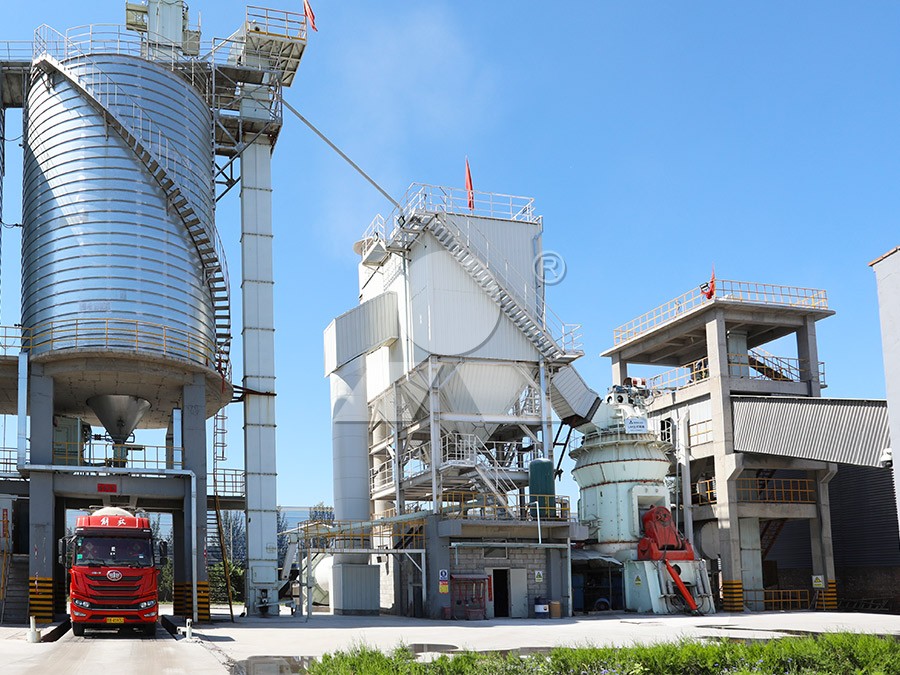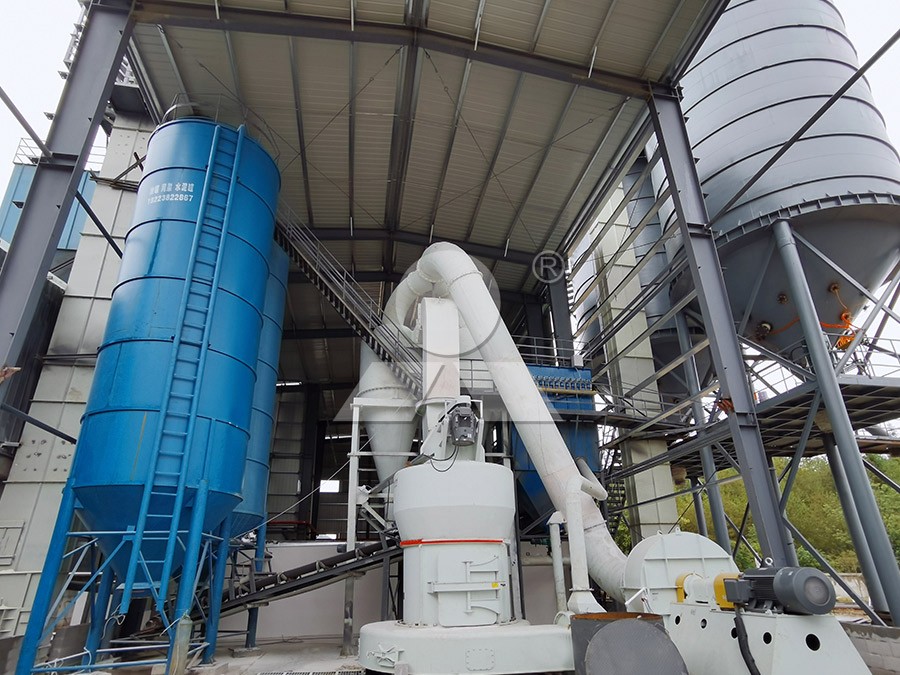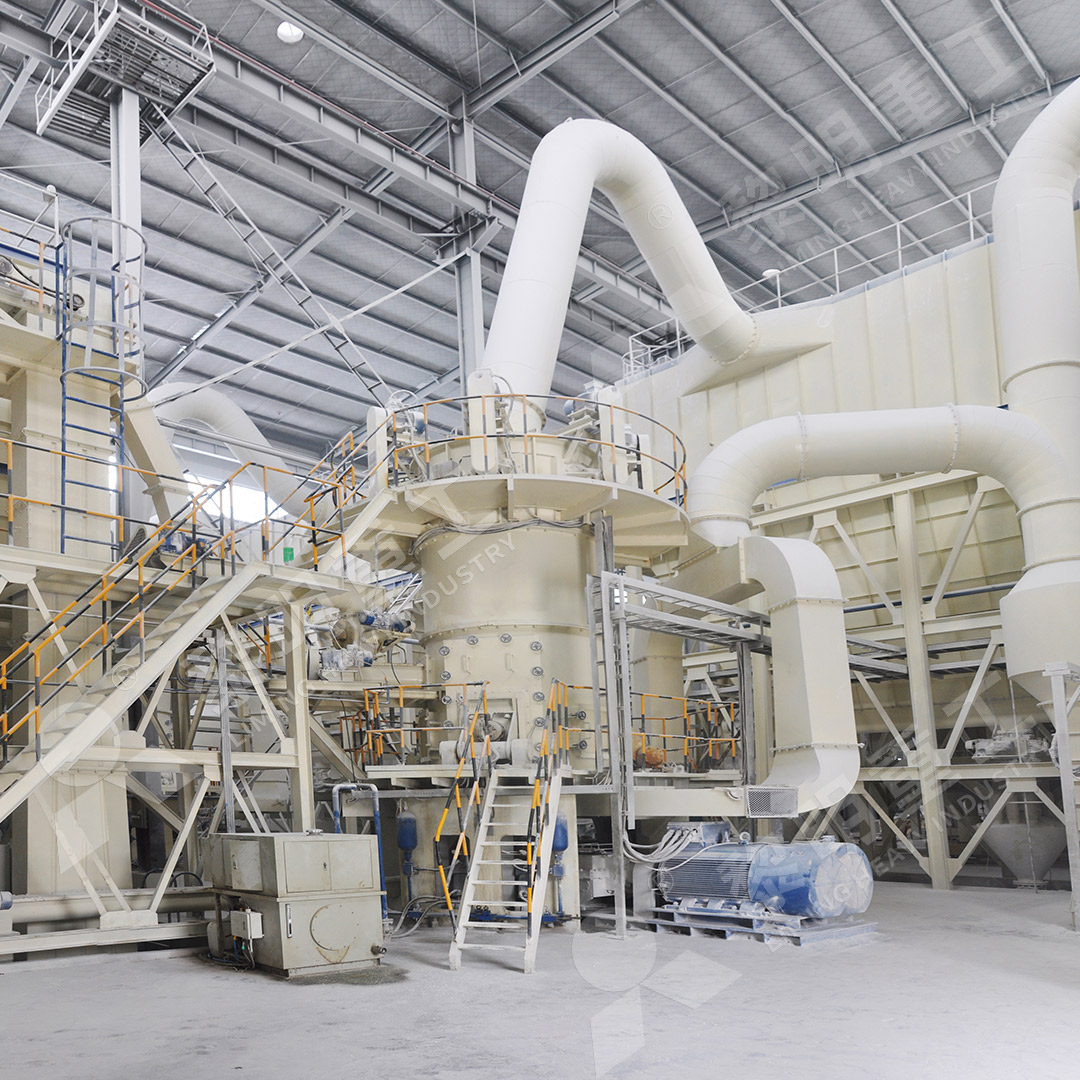How Does the Classifier Work in a Vertical Roller Mill?
How Does the Classifier Work in a Vertical Roller Mill?
In mineral processing and powder production, the classifier represents one of the most critical components within a vertical roller mill system. While grinding mechanisms capture much of the attention, the classifier quietly determines the final product quality, efficiency, and operational consistency. Understanding its function reveals why modern grinding systems achieve such remarkable precision in particle size distribution.
The classifier operates as the quality control gatekeeper of the grinding process. After raw materials undergo crushing and grinding between rollers and grinding tables, the resulting powder-air mixture enters this sophisticated separation chamber. Here, centrifugal forces and aerodynamic principles work in concert to segregate particles according to their size and mass.

At the heart of the classifier system lies a rotating cage or rotor assembly featuring multiple blades or vanes. As the powder-air mixture enters this region, the rotor generates a powerful vortex. Coarser particles, possessing greater mass and momentum, migrate toward the classifier walls where centrifugal forces dominate. These rejected particles fall back into the grinding zone for further processing. Meanwhile, finer particles remain suspended in the air stream, following its path toward the collection system.
The Technology Behind Precision Classification
Modern classifiers have evolved significantly from simple static separators to dynamic, adjustable systems. The most advanced versions, such as those found in LIMING’s grinding mills, employ German-developed cage-type powder selectors with multiple heads. This technology represents a substantial leap forward in separation precision, enabling operators to achieve product fineness between 325-2500 meshes with remarkable consistency.
The adjustable nature of these systems allows real-time optimization based on production requirements. By modifying rotor speed or blade configuration, operators can shift the cut point—the specific particle size at which separation occurs. This flexibility proves invaluable when processing different materials or when product specifications change frequently.

Integration with Grinding Dynamics
The classifier doesn’t operate in isolation—it forms an integral part of the mill’s feedback loop. By continuously returning oversize material to the grinding zone, it ensures optimal utilization of grinding energy. This recirculation process continues until particles achieve the target fineness, creating an efficient closed-circuit system that maximizes production while minimizing energy waste.
This sophisticated integration is particularly evident in LIMING’s MW Ultrafine Grinding Mill, where the classifier works in perfect harmony with newly designed grinding curves of the grinding roller and ring. The result is a system that achieves 40% higher production capacity compared to jet grinding mills with the same fineness and power requirements. The MW series demonstrates how advanced classification technology contributes directly to higher yields and lower energy consumption—up to 70% less than conventional jet mills.
Environmental and Operational Benefits
Beyond product quality considerations, modern classifiers contribute significantly to operational efficiency and environmental compliance. Efficient separation reduces the load on downstream filtration systems, while precise control minimizes product waste. When combined with pulse dust collectors and noise reduction technologies—as seen in both the MW Ultrafine Grinding Mill and LUM Ultrafine Vertical Grinding Mill—the classification process becomes both cleaner and quieter.
The LUM series exemplifies this progress with its PLC-controlled multi-head powder separating technology, which simultaneously addresses high-precision separation and rapid switching between production demands. This system reduces energy consumption by 30-50% compared to conventional mills while maintaining exceptional product quality across various materials including limestone, calcite, and dolomite.

Frequently Asked Questions
What is the primary function of the classifier in a vertical roller mill?
The classifier separates fine particles from coarse ones after grinding, ensuring only properly sized material proceeds as finished product while oversize particles return for further grinding.
How does the classifier achieve different product fineness levels?
Through adjustable rotor speeds and configurable cage designs, operators can control the cut point where separation occurs, allowing fineness adjustment between 325-2500 meshes in advanced systems like the MW Ultrafine Grinding Mill.
What advantages do modern classifiers offer over traditional designs?
Contemporary systems provide higher precision, energy efficiency, and flexibility. Technologies like multi-head cage separators enable faster switching between production requirements while maintaining consistent product quality.
How does classifier performance impact overall mill efficiency?
Proper classification reduces recirculation loads and grinding energy consumption while maximizing production of in-spec material. Efficient classifiers can improve overall system productivity by 30-50% compared to conventional designs.
Can classifier settings be adjusted during operation?
Yes, most modern mills feature external adjustment capabilities, allowing operators to modify fineness parameters without shutdown, thus maintaining continuous production flow.
